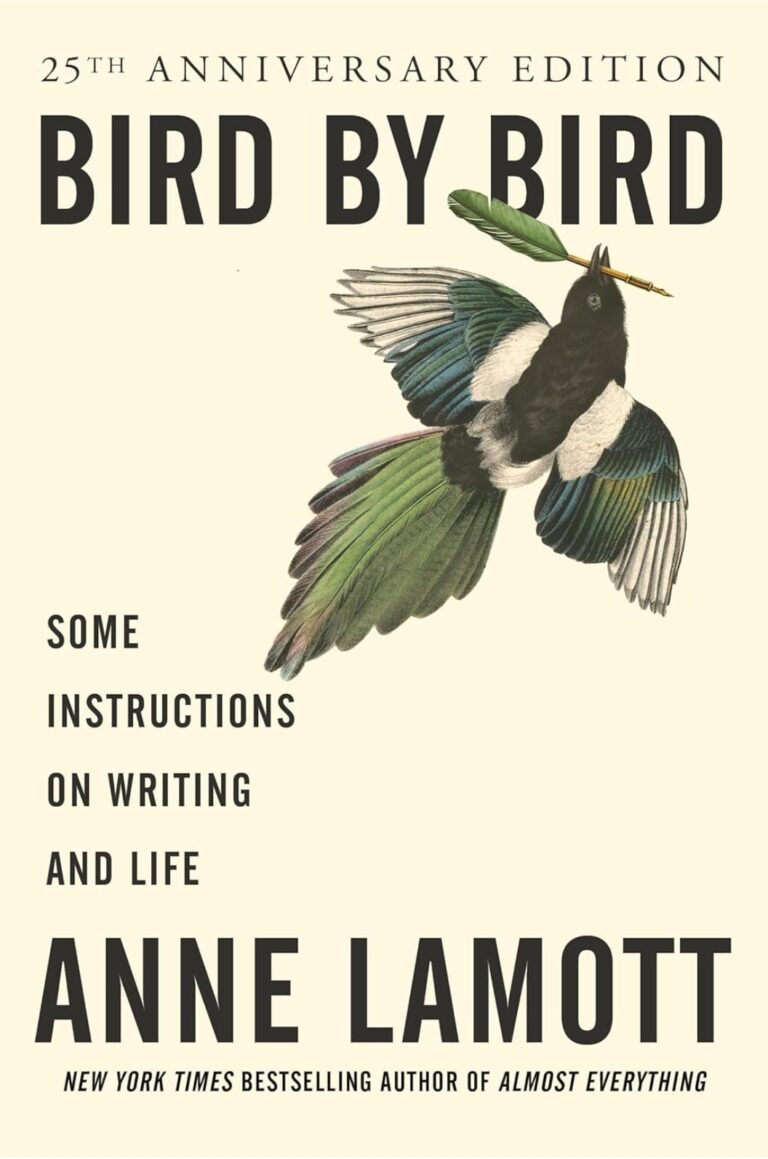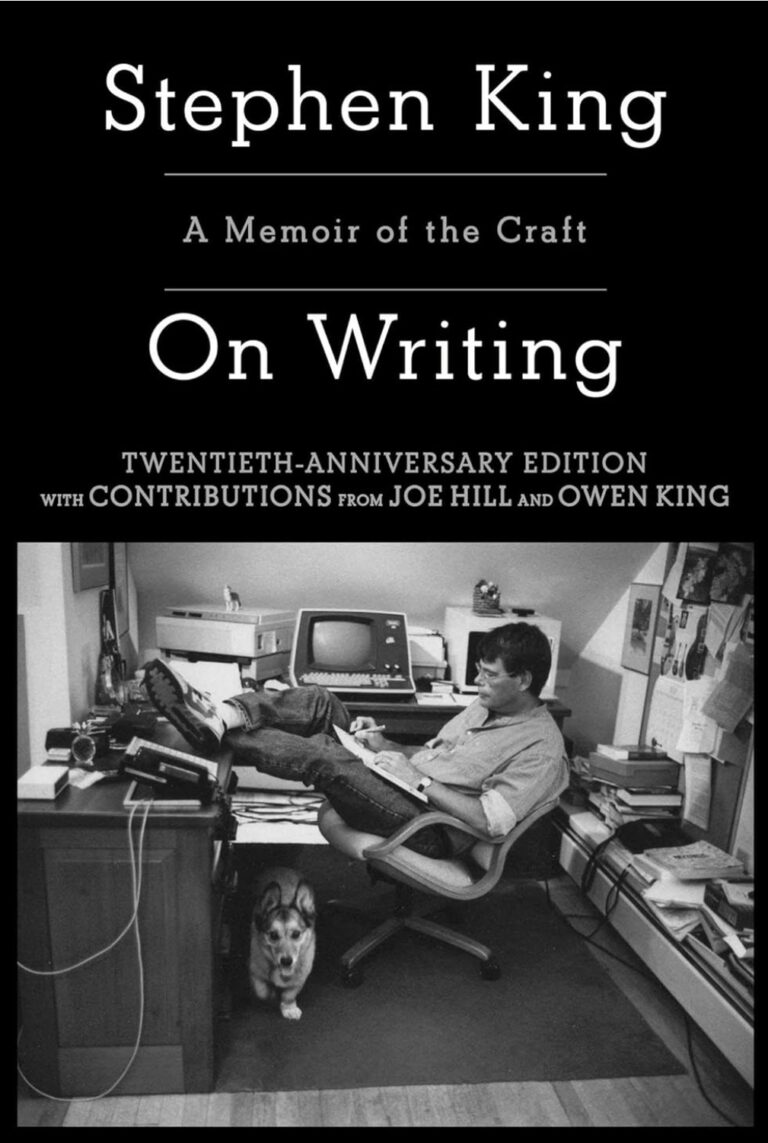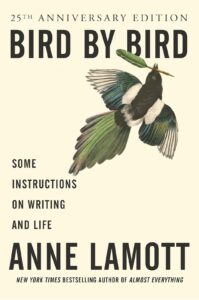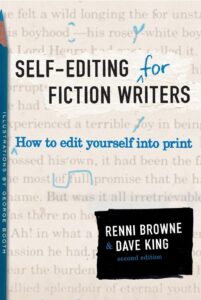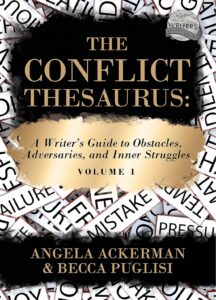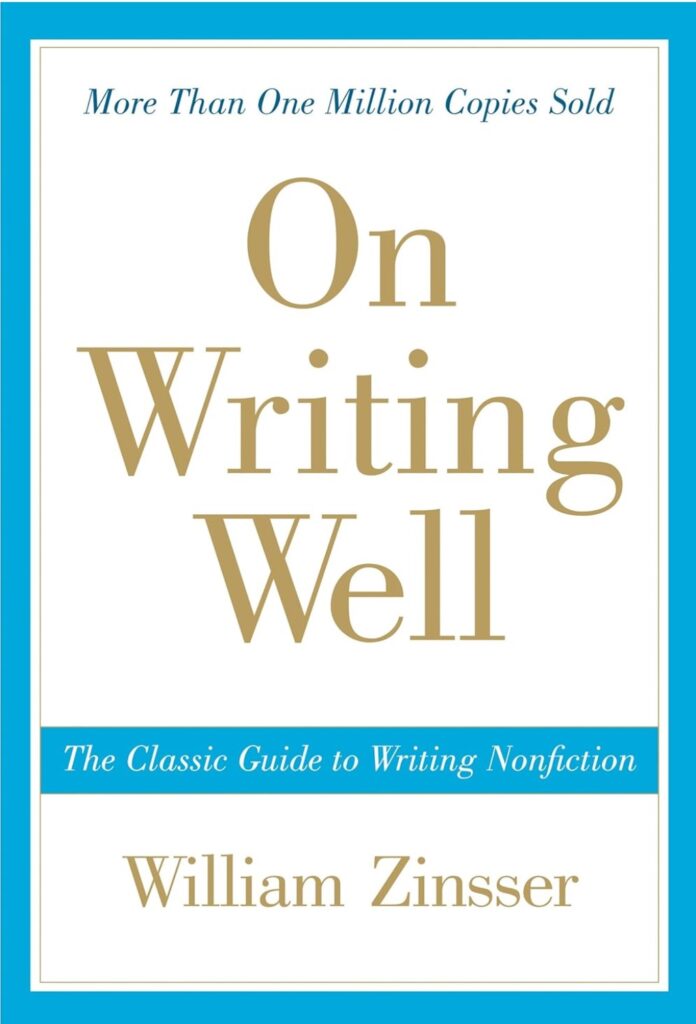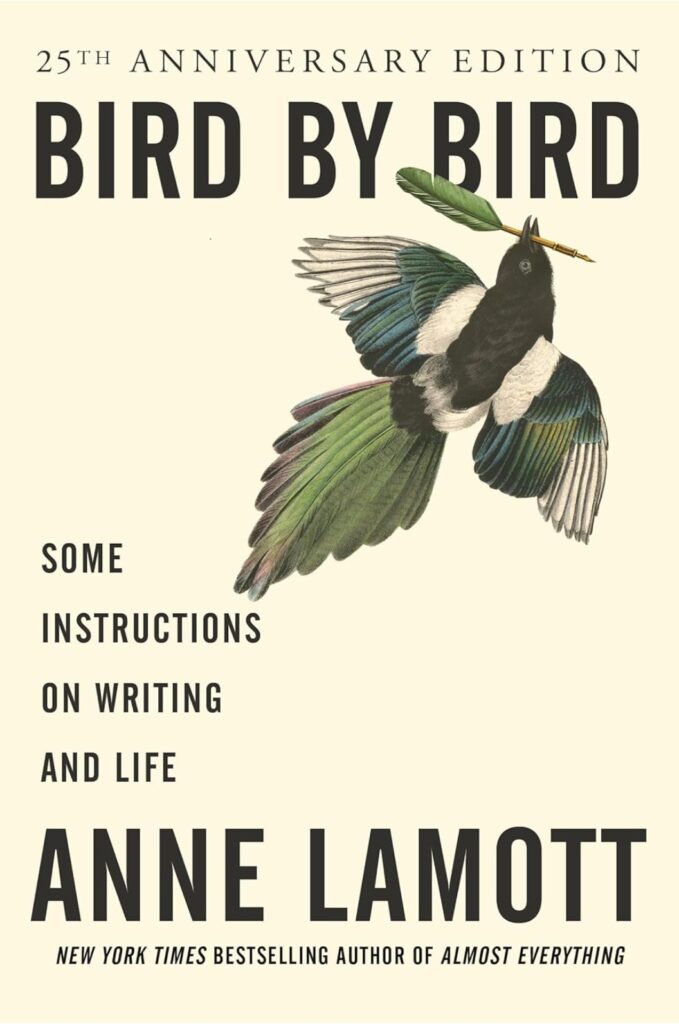As a romance author who writes insta-love stories featuring aliens, paranormal creatures, and unusual scenarios, I know how crucial it is to balance dialogue and narrative. Creating this balance can enhance the emotional impact of your story and bring your characters to life.
In my experience, well-crafted dialogue can reveal character traits and relationships while narrative provides necessary context and depth. Here’s how you can achieve this balance in your paranormal romance writing.
Table of Contents
ToggleUnderstanding the Importance of Dialogue
Revealing Character Traits
Dialogue is a powerful tool for character development and plot progression. It reveals personality traits, emotions, and relationships in a way that narrative alone cannot.
In my stories, I’ve found that well-crafted dialogue can quickly establish the chemistry between characters. For instance, in a novella I wrote featuring a werewolf and a human, their playful banter immediately highlighted their mutual attraction and set the tone for their romance.
Progressing the Plot
Dialogue is essential for moving the plot forward. It can introduce new conflicts, reveal secrets, and build suspense. In my experience, using dialogue to advance the story keeps readers engaged.
For example, a conversation between two characters about a looming threat can create tension and anticipation, driving the plot forward.
Using Dialogue to Show Rather Than Tell
Demonstrating Traits Through Speech
In my experience, showing rather than telling is crucial in romance writing. Dialogue allows you to do just that. Instead of telling your readers that your alien hero is charming, let his words convey it.
In one of my alien romance novellas, I used the hero’s witty and confident speech to demonstrate his charm. This approach made the character more relatable and engaging, as readers could infer his traits through his interactions.
Conveying Emotions
Dialogue can effectively convey emotions, making your characters more believable. For instance, a character’s choice of words, tone, and pace of speech can indicate their emotional state.
In a paranormal romance story I wrote, I used fragmented sentences and hesitations in the heroine’s dialogue to show her nervousness during a tense encounter with a vampire.
Balancing Dialogue with Narrative
Providing Context
While dialogue is essential, narrative provides the necessary context and depth to your story. It sets the scene, conveys internal monologues, and builds the world your characters inhabit. I
n paranormal romance, where the setting often involves complex, otherworldly elements, narrative is vital. In my writing, I’ve found that alternating between dialogue and narrative keeps the story dynamic.
For example, after a heated exchange between characters, I might shift to a descriptive passage that explores the mystical forest they’re in, adding layers to the story.
Building the World
Narrative allows you to build the fantastical elements of your paranormal world. Descriptive passages can bring your unique settings to life, making them feel real and immersive.
In my stories, I’ve used narrative to describe alien landscapes, magical creatures, and ancient rituals. This not only enhances the world-building but also provides a rich backdrop against which the romance unfolds.
Enhancing Emotional Depth with Narrative
Exploring Internal Monologues
Narrative allows you to delve into your characters’ thoughts and emotions, adding layers to their personalities. In one of my stories, I used narrative to explore a vampire’s internal struggle with his feelings for a human.
This introspection added depth to his character, making his eventual confession of love more impactful.
Conveying Subtext
Narrative can convey subtext and underlying tensions that dialogue alone might not capture. For instance, in a story where two characters are hiding their true feelings, their internal thoughts can reveal the truth to the readers.
In my experience, this dual perspective—what characters say versus what they think—creates a richer, more nuanced narrative.
Techniques for Balancing Dialogue and Narrative
Alternating Between Dialogue and Narrative
A balanced approach involves alternating between dialogue and narrative. Start with a piece of dialogue to grab attention, follow it with narrative to provide context, and then return to dialogue to keep the pace lively.
In my stories, this technique has helped maintain a dynamic flow, ensuring that neither dialogue nor narrative overwhelms the other.
Using Narrative to Pace Dialogue
Narrative can be used to pace dialogue, giving readers time to absorb important conversations. After a significant exchange, use narrative to describe characters’ reactions or the setting. This not only breaks up dialogue but also adds depth to the scene.
For example, in a heated argument between a witch and a warlock in one of my novellas, I used narrative to describe the magical energy crackling in the air, heightening the tension.
Practical Tips for Crafting Balanced Dialogue and Narrative
Show Character Development Through Dialogue
In my experience, dialogue is an excellent way to show character development. Characters can reveal their growth through their changing speech patterns and word choices.
For instance, a shy character might start speaking more confidently as the story progresses.
In a novella I wrote, I depicted an alien warrior who initially spoke in short, clipped sentences but gradually opened up, using more expressive language as he fell in love.
Use Narrative for World-Building
Narrative is indispensable for world-building, especially in paranormal romances. Use descriptive passages to paint a vivid picture of your fantastical settings.
Describe the eerie beauty of a haunted castle or the vibrant colors of an alien marketplace. In my stories, I’ve found that detailed world-building through narrative makes the setting feel real and enhances the reader’s immersion.
Balance Action and Reflection
Balance action-packed dialogue with reflective narrative. After an intense scene, use narrative to allow characters (and readers) to process what happened.
This reflection can deepen emotional connections and provide insight into characters’ motivations. In my writing, I’ve used this technique to explore the aftermath of a dramatic confrontation, giving characters time to reflect on their feelings.
Final Thoughts
Balancing dialogue and narrative in paranormal romance writing is an art that requires practice and careful consideration. By understanding the strengths of each and using them to complement one another, you can create a dynamic, engaging story that captivates your readers.
In my experience, well-balanced dialogue and narrative not only enhance character development and world-building but also keep the story’s pace lively and engaging.
As you craft your insta-love stories featuring aliens, paranormal creatures, and unusual scenarios, remember to let dialogue reveal character traits and relationships, while narrative provides the necessary context and emotional depth.
With these techniques, you’ll be well on your way to creating compelling paranormal romances that readers won’t be able to put down.












